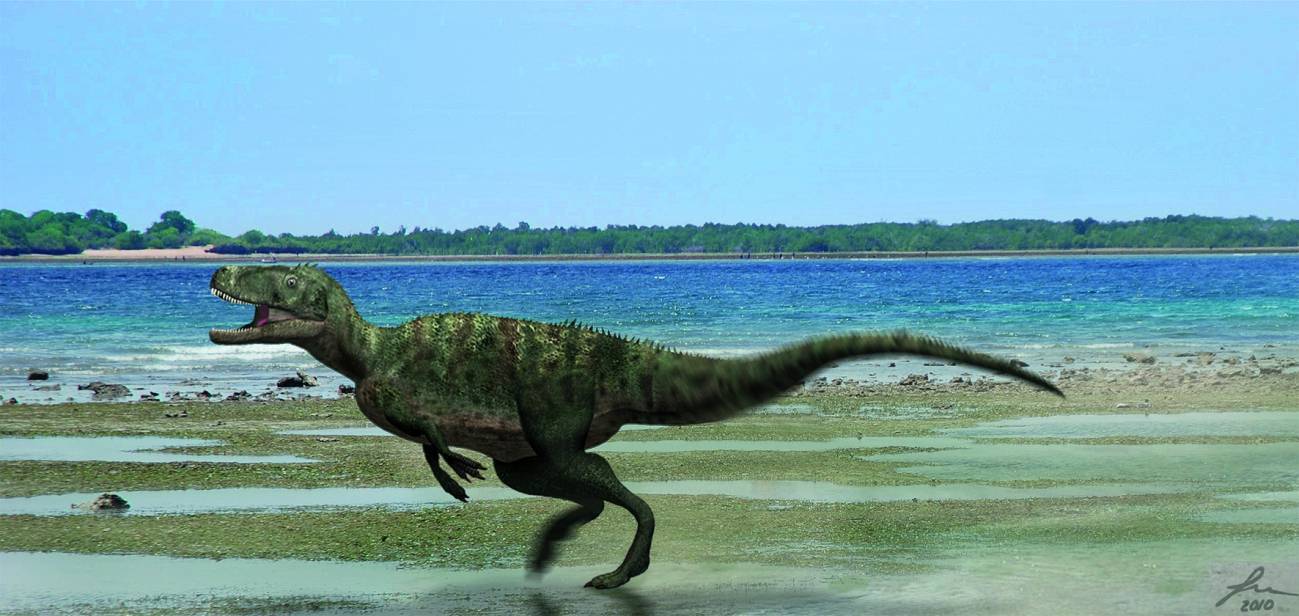We call fossil flora found remains of plants that lived in geological times and which have been preserved in various sedimentary rocks thanks to a physicochemical process called fossils, capable of preserving a large amount of detail and data.
The macroscopic parts of plants are the parts most often preserved in rocks as plant fossils. The most typical ones found in rocks are the wood (trunks and branches), seeds, roots, flowers, pollen and leaves.
Fossil plants that explain many things
Researchers from the Teruel-Dinopolis Paleontological Complex Foundation have done just that identified a new association of fossil plants of the Lower Cretaceous-Upper Cretaceous boundary, found in the municipality of Mosqueruela, Teruel province.

These fossils, those They belong to gymnosperms such as conifers of the genus Frenelopsis and the ribbon leaves of the genus Desmiophyllumwere found in layers of marine origin on the coast, indicating that these plants grew near the coastline in the Tethys Sea area about 100 million years ago.
The fossils were found in low-energy deposits, probably carried by currents or air. According to Luis Miguel Sender, first author of study published in Paleobiodiversity and paleoenvironmentsThese remains are unique because of their size and their location in marine deposits valuable information about the ecosystems of that time. This discovery has also allowed new comparisons to be made with other coastal paleofloras from Brazil to the western Tethys Sea.


More knowledge about plants
Alberto Cobosdirector of the Dinópolis Foundation, emphasized the relevance of this discovery because, in addition to enriching knowledge about vegetation, it provides crucial data to understand the environments in which dinosaurs lived. In the same area there is important evidence of dinosaur footprints theropods, suggesting that dinosaurs roamed this coastal landscape.
The research is part of the actions of the FOCONTUR Research Group, funded by the Ministry of Employment, Science and Universities of the Government of Aragon, and has the collaboration of several local entities. Sender, L.M., Mampel, L. and Cobos, A. “First evidence of terrestrial plants in marine deposits from the upper Albian-Cenomanian of northeastern Spain (Teruel province) and their paleogeographical and paleoecological implications.” (2024).

